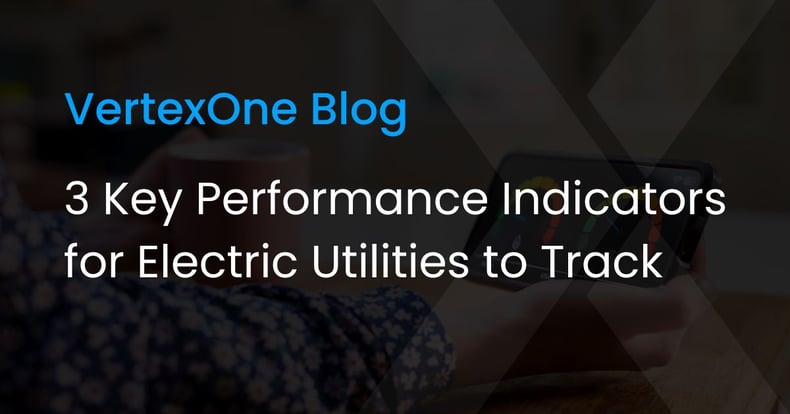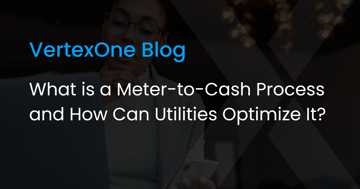
Key performance indicators (KPIs) are metrics that measure an organization's productivity and profitability. Electric utility companies can use these metrics to establish baseline performance standards. After establishing these standards, companies can develop strategies to improve results and performance.
KPIs can be used to:
-
Review internal performance metrics, comparing results to external metrics to gauge success or failure levels.
-
Oversee progress made by electric utilities toward specific short-term or long-term targets.
-
Track progress related to financial, quality, efficiency, productivity, or performance-related goals.
-
Help electric utilities recognize any shortcomings, flaws, or obstacles in their daily processes or operations.
-
Prioritize projects or improvements based on financial or time investments.
-
Oversee efficiency when providing utility services to the community.
-
Understand the effectiveness of certain aspects of the utility business, such as marketing, advertising, labor, and communications.
-
Monitor how external influences impact daily and long-term electric utility operations, such as new technologies, COVID-related shifts in demand, and environment-focused regulations.
-
Help utility companies understand what is happening within the organization, preventing any unnecessary generalizations.
-
Allow utilities to proactively plan for changes that may impact how they operate, such as federal or state laws.
Key Performance Indicators for Electric Utilities
1. Cost to Serve
An essential key performance indicator for electric utilities is cost to serve, which refers to the overall cost of providing electric utility services to a consumer account. This includes all costs related to technology, production, and labor, divided by the total number of existing customer accounts. The cost to serve for electric utilities typically encompasses billing, meter reading, payments, collections, and customer support. Understanding cost to serve is vital when identifying unprofitable sectors, excess labor costs, and more.
Although this process may be time-consuming, looking at all costs related to cost to serve can help electric utilities save resources, time, and money in the long term.
2. Customer Satisfaction and Engagement
The relationship between a customer and the electric utility is known as customer engagement. This KPI monitors satisfaction levels related to services provided. Every interaction with the customer can positively or negatively impact an electric utility’s relationship with the customer. Slow response times, a poorly designed website or mobile app, and failure to meet expectations can harm customer engagement and satisfaction levels.
This KPI also shows electric utilities where their services need improvement, helping them develop a diverse range of service options to mitigate problems when rates increase or power disruptions take place. Monitoring customer engagement can also help identify consumer pain points, recurring issues, conflicts in communication, and more.
Strong customer engagement and high satisfaction levels can lead to faster payments from customers.
3. Billing Accuracy
Correct billing accuracy is imperative to electric utilities. Accurate meter readings, usage tracking, and secure payment options are all essential to billing accuracy. Billing errors, regardless of size, create problems for both customers and utilities. Customers will get frustrated when they’re overcharged for usage, causing them to lose trust in their utility provider.
Conversely, electric utilities that undercharge customers for usage lose out on valuable revenue. Failing to charge for incremental amounts can quickly add up over time, leading to a significant loss of revenue.
To ensure that electric utilities are correctly charging customers, many are turning to cloud-based solutions such as VertexOne, which offers a single point of contact for bill production and payment processing. This eliminates any unnecessary steps, reducing the likelihood of mistakes when billing customers.
Is Your Electric Utility Using the Right KPIs?
Using the right KPIs for your electric utility is vital to its success, pulling in more revenue and eliminating debt. To learn more, watch “UtilityWide Talk: Debt Relief and Revenue Security,” which examines customer revenue challenges, security threats, state and self-imposed moratoriums, and more.





